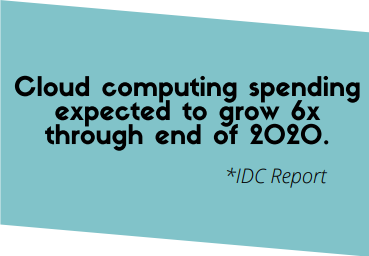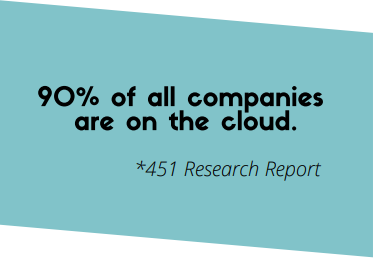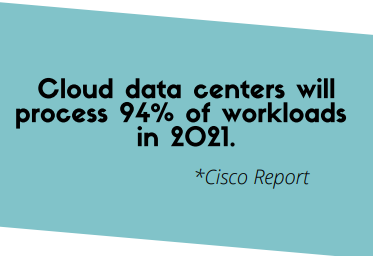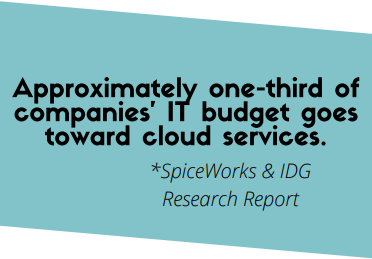
For any business that relies on the cloud for disaster recovery, creating and refining a
cloud data management strategy is crucial. If your organization does not yet have a
cloud data management plan that is clear to the organization and being effectively
implements, your business could be impacted in more ways than one for the long-term.
While executives and senior management may talk conceptually about moving data or
applications to the cloud, there is a whole lot more practical work that comes into play
to craft a solid cloud strategy. A defined approach must be agile and secure while
having the close alignment of everyone in the C-suite, the IT team, and the cloud
architect.
This guide will walk you through some critical elements you should be considering for
your cloud data management strategy. While many organizations are quick to open up their
bank accounts to spending on the cloud, very few have an effective strategy to many the
cloud well. We hope this guide can help.
Is your plan for data backup and recovery as well as associated service level agreements
(or SLAs) reliable for the cloud environment?
Should an event happen that is unexpected and out of your control to stop, you should
have the confidence that your cloud is working for you. You should be able to recover
data from the cloud at a moment’s notice and onsite recovery should be equally as
simple.
If not, dig deep to find the cause of the issue.
If SLAs are not consistent and recovery time is taking longer than needed, consider a
new plan. Test your backup and recovery phases in a mock session and if it is not
performing to your required expectations, there is a challenge that needs a better
solution.

Is your data centralized and secure across clouds and workloads with proper encryption
and authentication?
Talk to any IT or security leader and they will tell you what keeps them up at night the
most is the possibility of data loss from a security breach. While breaches are becoming
more common and impactful, the reality is human error is the biggest security risk to
the cloud.
You and your organization must work to ensure a cloud data strategy includes elements of
centralization and security. You need governance for how the cloud should operate, who
should have access to, what type of accesses should be granted, and what methods can be
used to collect and move data.

Is your cloud fully scalable and optimized based on
location, price, and accessibility?
Is your cloud fully scalable and optimized based on location, price, and accessibility?
It is very easy to look past matters of cost and focus on things such as agility,
scalability, and performance of your cloud. However, cost should not be overlooked in
your decision-making process. An excellent cloud service provider will also ensure costs
are managed appropriately.
For example, you may be able to reduce your infrastructure needs and through the process
reduce the risk of data loss. Computing and storage resources also come into the picture
when it comes to controlling the budget and monthly or annual spend on the
cloud.
An effective but costly system doesn’t always have to be the best option.

Do you have insight into your data, and can you easily
move and change it on demand?
You need the cloud to work for you – day and night, sunshine and storm. One of the
biggest benefits of the cloud is the capability for agility and the insights you can
receive for purposes of optimization.
Your business will change and evolve over time. Hopefully, it will grow. As you do, the
cloud should be evolving with you, help you to embrace new technologies, continue to
keep costs low, and scale workloads efficiently.
You can know what data is being managed and who is responsible for managing it. The
right cloud data management strategy will ensure a unified operation, regulatory
compliance, and a cohesive unified way to bring your data to good use.

It is all in the cloud. The right plan can bring the right results.
Whether your company is just starting its deployment to the cloud, strategically
thinking and planning what a cloud based future will look like, or considering all of
your options, these points should help guide you to make a good business decision. With
a solid cloud data management plan, you can ensure your digital transformation goes off
without a hitch and your cloud is used effectively, competitively, and completely.